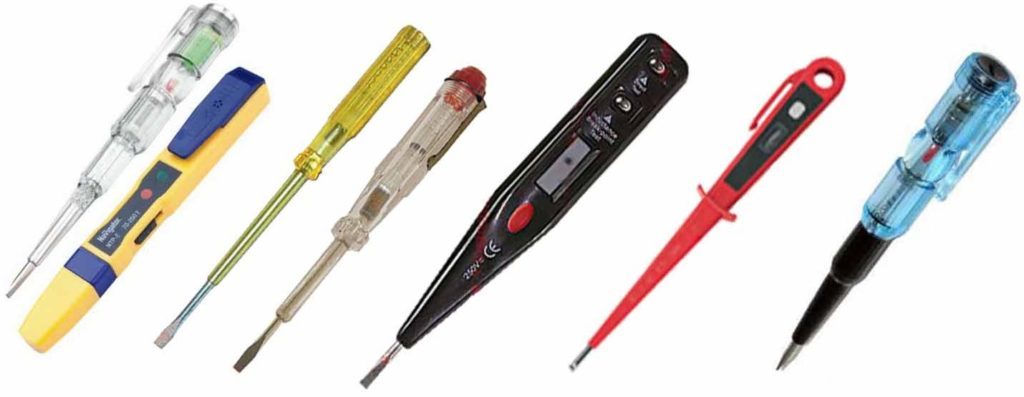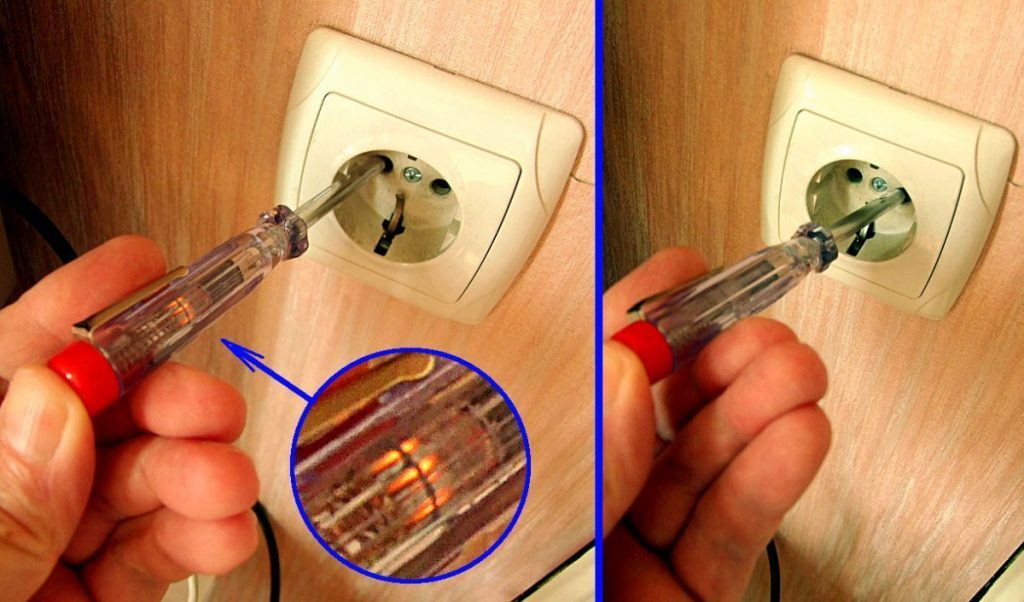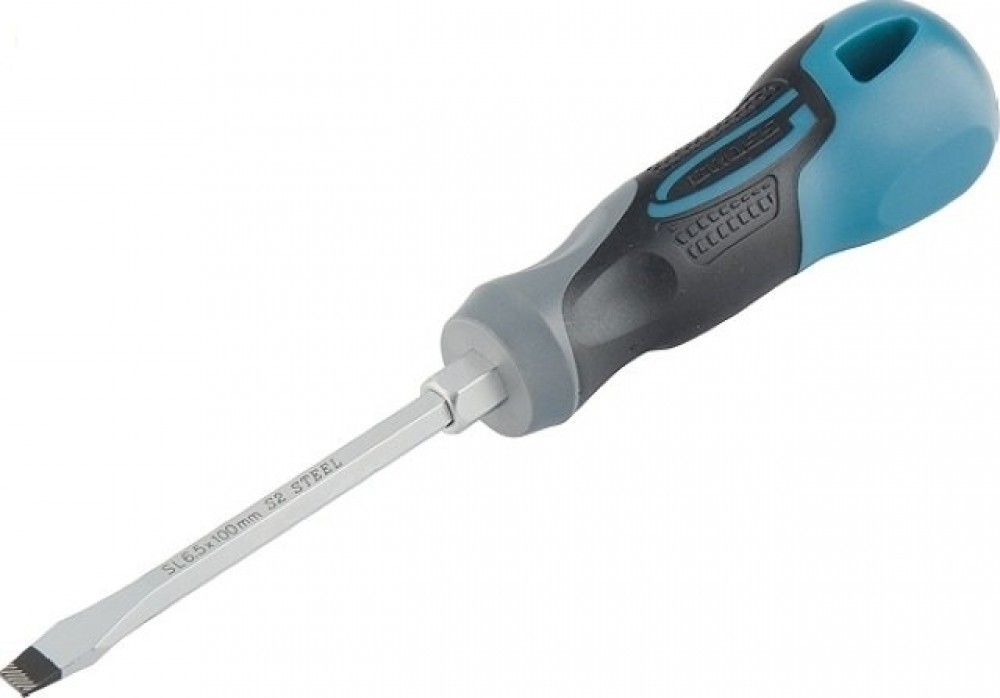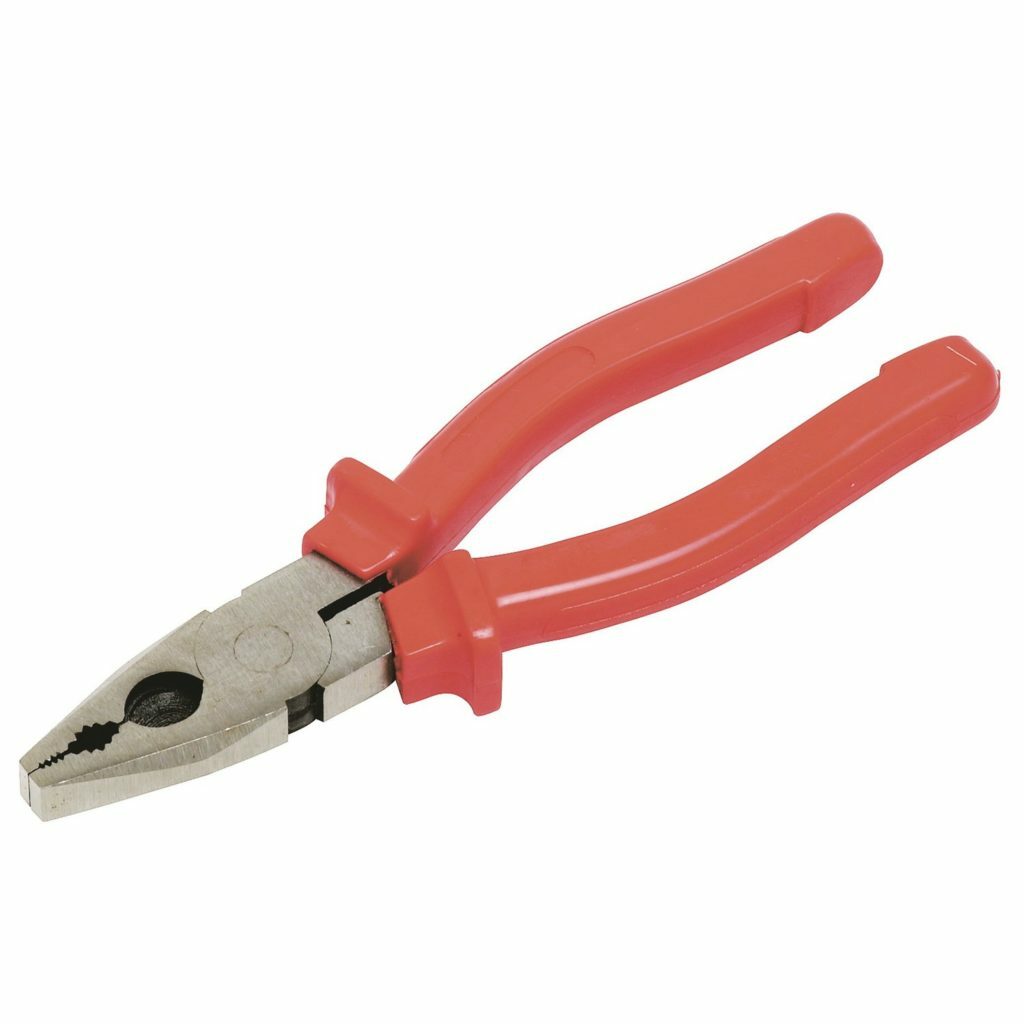Modern man is hard to imagine life with the absence of electricity it. Therefore, our home is literally overflowing with a variety of household appliances. However, they are not immune from damage. In addition, there are occasions when it is necessary to install the socket, plug in a lamp or check the voltage in an electrical network. In all these cases I need to use a special device - a screwdriver, which will check the voltage.
Screwdriver to check the voltage: the name and works
The content of the article
- Screwdriver to check the voltage: the name and works
-
Types Screwdriver indicator
- A simple model with neon backlight lamp
- Measuring device battery-contact type
- Measuring screwdriver battery-contact type
- electronic versions
-
How to use a screwdriver to check the voltage
- A simple screwdriver
- Self-powered LED element and
- With the liquid crystal display
Tool to measure the mains voltage, the indicator is called a screwdriver. The apparatus has a wide scope, easy to use. Therefore, it is used like ordinary people and professional electricians.
The most common indicator screwdriver used in the following cases:
- To determine the neutral conductor and phase.
- To find out the polarity of the batteries and other batteries.
- In order to detect the wiring hidden in the wall.
- To find the location of a power failure.
- To check the efficiency diodes, incandescent lamps, a variety of electronic components, devices, equipped with heating elements.

Reference. Current models are equipped with an LCD display. Therefore, they have an additional function - can not only check the voltage on the network, but also to measure its value, and also to learn the location of the positive and negative electrodes.
The principle of operation devaysa is as follows:
- When the screwdriver tip comes into contact with the phase, or a positively charged terminal of the battery, it begins to flow by pressure.
- Through rod current flows into the resistor miniature impedance of 1 ohm. The device reduces the force of their own to a safe voltage for the device and human values.
- Next, an electric current is supplied to the neon lamp, because of which lights the gas in the cell.
- After this voltage passes through the remains of a human body and go into the ground.
All electric current measurement process at a specific site in less than ten seconds.
Types Screwdriver indicator
There are several variants of the measuring device. They differ device principle of operation, additional functions. Thus, in the sale are: simple tools, models with built-in batteries, electronic, noncontact.
A simple model with neon backlight lamp
The design of the most common and affordable model consists of the following elements:
- Housings made of a durable transparent plastic. he often painted in bright colors.
- Rod with a flat tip.
- Resistor. Tension element should not be less than 1 ohm.
- Small neon lamp.
- Contact surface.
That the product was easy to transport in its upper part there is a plastic clip.
Despite its simplicity, low cost and ease of use, the device has a limited capacity. With it will not be possible to measure the voltage when its value is less than 60 V.
Measuring device battery-contact type
Despite the resemblance to the previous version, it has a different design. For example, instead of the neon lamp LED miniature applies here. This significantly extends the functions, allowing to measure the voltage in the network less than 60 W.
The device allows you to check the circuit of radio and electrical equipment, identify the fuses, find broken wire. Bipolar transistor and autonomous battery allow manipulation contactless manner.
Measuring screwdriver battery-contact type
It is a kind of hybrid of conventional and non-contact models. It also uses an LED and resistor. The main difference - the presence of the contact surface. This eliminates the possibility of non-contact network test.
electronic versions
Its design consists of the elements:
- small rod;
- housing a dense opaque plastic;
- miniature LCD display;
- two contact surfaces.
It is a modern, versatile device. Compared with the previous, electronic model has wider functions: it can be used "Ring out" circuit for a short circuit, make contact or contactless measurement.
The device notifies you of the results via LED and characteristic sound. In addition, a screwdriver low threshold response. This allows you to use it to configure and repair circuits in motor vehicles, electronics and household appliances. Disadvantages include a built-in battery. If the device fails or if the battery charge is over, will have to buy a new screwdriver.
How to use a screwdriver to check the voltage
Despite the similar design and ease of use, each device has its own nuances use.
A simple screwdriver
To determine the presence or absence of an electric current in the outlet section or the power supply, perform the following manipulation:
- The tip of the tip placed on contact socket or the investigated network section.
- A finger press on a special pole plane, which is at the end.
If the defective device in the circuit voltage is present, screwdriver report it using the glow of neon bulbs.
Self-powered LED element and
To determine the zero or the phase contact need only touch pin or socket portion of the electrical circuit. If the appliance is faulty, there is continuity, the LED will light bright light. Applying finger is not required.
With the liquid crystal display
Allows by both contact and contactless method. In the first case the process is the same as when using a simple screwdriver. However, in this case, the device will alert the inscription on the indicator.
When non-contact method tray device as close as possible to the test subject. After that, push the button on the body. If the device is defective, and the section of the network is live, you will see a sign of a lightning bolt on the LCD.
Modern tool allows you to quickly find the damaged areas of the circuit, to repair a variety of devices. It is important to remember the subject of safety. Experts do not recommend the use of non-working or defective device - it is fraught with potential electrical shock or incorrect results of inspections.
Subscribe to our Social Networks


